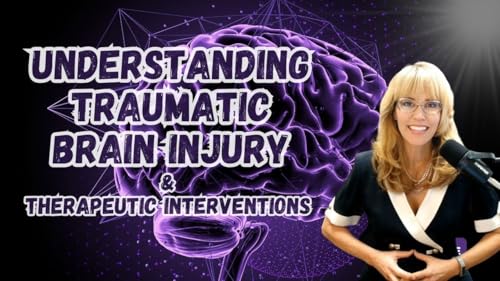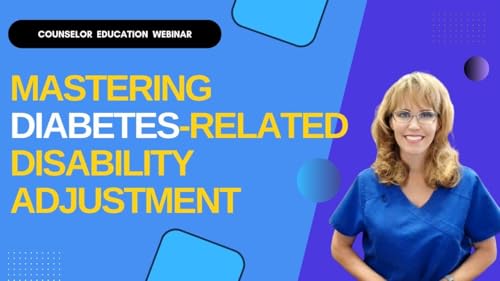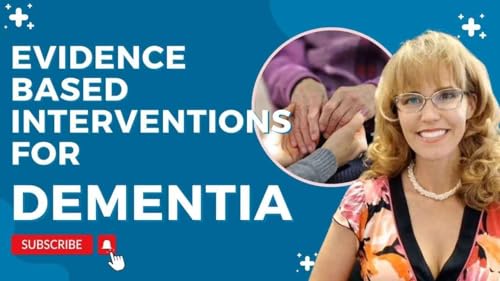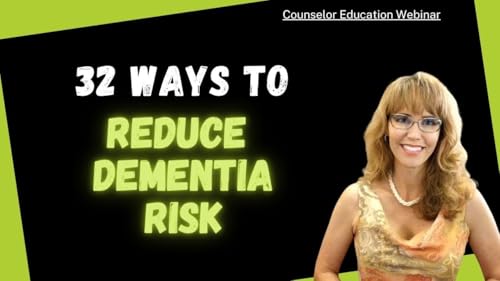00:00 Introduction & Overview 00:15 Defining Rapport & Its Importance 01:00 Impact of Lacking Rapport 01:50 Meeting Clients Where They Are 02:44 Consistency & Attachment Behaviors 03:42 Building Trust Through Consistency 04:46 Learning About Client Culture 05:32 Validating and Accepting Older Adults 06:18 Gaining Insight Into Client's Background 07:16 Nonverbal Cues & Acceptance 08:06 Generational Differences and Life Experiences 08:46 Emotional Responsiveness & Validation 09:48 Encouragement & Supporting Independence 11:00 Facing Fears & Stepping Out of Comfort Zones 11:46 Environmental Stability & Safety 12:48 Communication: Consistency, Acceptance, Responsiveness 14:07 Overcoming Communication Barriers 15:09 Cognitive Slowing & Allowing Processing Time 15:35 Vision, Hearing, and External Communication Barriers 17:11 Powerlessness, Trauma & Emotional Triggers 18:01 Past Trauma and Current Impact on Communication 19:14 Treatment Engagement and Advocacy 21:25 Connection, Regret, and Finding Meaning 22:27 Cultural and Generational Norms in Questioning Authority 23:28 Fostering Questions & Advocacy for Clients 24:00 Fears About Asking Questions & Being Judged 25:42 Hopelessness, Empowerment & Intervention 26:42 Fears About Losing Control & Institutionalization 27:32 Treatment Non-Compliance & Communication Gaps 28:35 Open Dialogue & Empowering Choices 29:13 Hidden Barriers to Communication 30:12 Communication Basics: Clarity and Directness 31:09 Asking Direct Questions & Advocating for the Client 32:55 Creating Accessible Environments 33:37 Finding Shared Interests & Setting a Positive Mood 34:47 Avoiding Jargon and Ensuring Understanding 35:40 Cultural Sensitivity & Individual Preferences 36:27 Fostering Privacy & Confidentiality 40:23 ACE: Ask, Collaborate, Empower 42:03 Goal-Setting & Addressing Barriers Together 43:01 Motivational Collaboration & Empowerment 44:08 Synergy and Win-Win Solutions 45:54 Effective Communication Techniques 47:48 Frequent Summarizing & Open-Ended Questions 48:47 Pacing Questions and Avoiding Confrontation 49:58 Alternative Perspectives & Teach Backs 51:06 Nonverbal Communication & Engagement 52:15 Dress, Presentation, and Self-Concept 53:05 Physical and Nutritional Health Insights 56:03 Building and Maintaining Rapport 57:14 Reflecting on Rapport in Practice 59:20 Key Takeaways & Applying to Everyday Life 01:00:29 Processing Loss When Rapport Ends 01:03:39 Growing Demand & Training Needs in Elder Care 01:05:32 Certification & Continuing Education Resources 01:05:43 Closing Remarks & Advocacy Tips Learn more about your ad choices. Visit megaphone.fm/adchoices
Show More
Show Less
 1 hr and 16 mins
1 hr and 16 mins 1 hr and 13 mins
1 hr and 13 mins 1 hr and 2 mins
1 hr and 2 mins 1 hr and 2 mins
1 hr and 2 mins 1 hr and 14 mins
1 hr and 14 mins Sep 26 20251 hr and 3 mins
Sep 26 20251 hr and 3 mins 1 hr and 7 mins
1 hr and 7 mins 34 mins
34 mins

